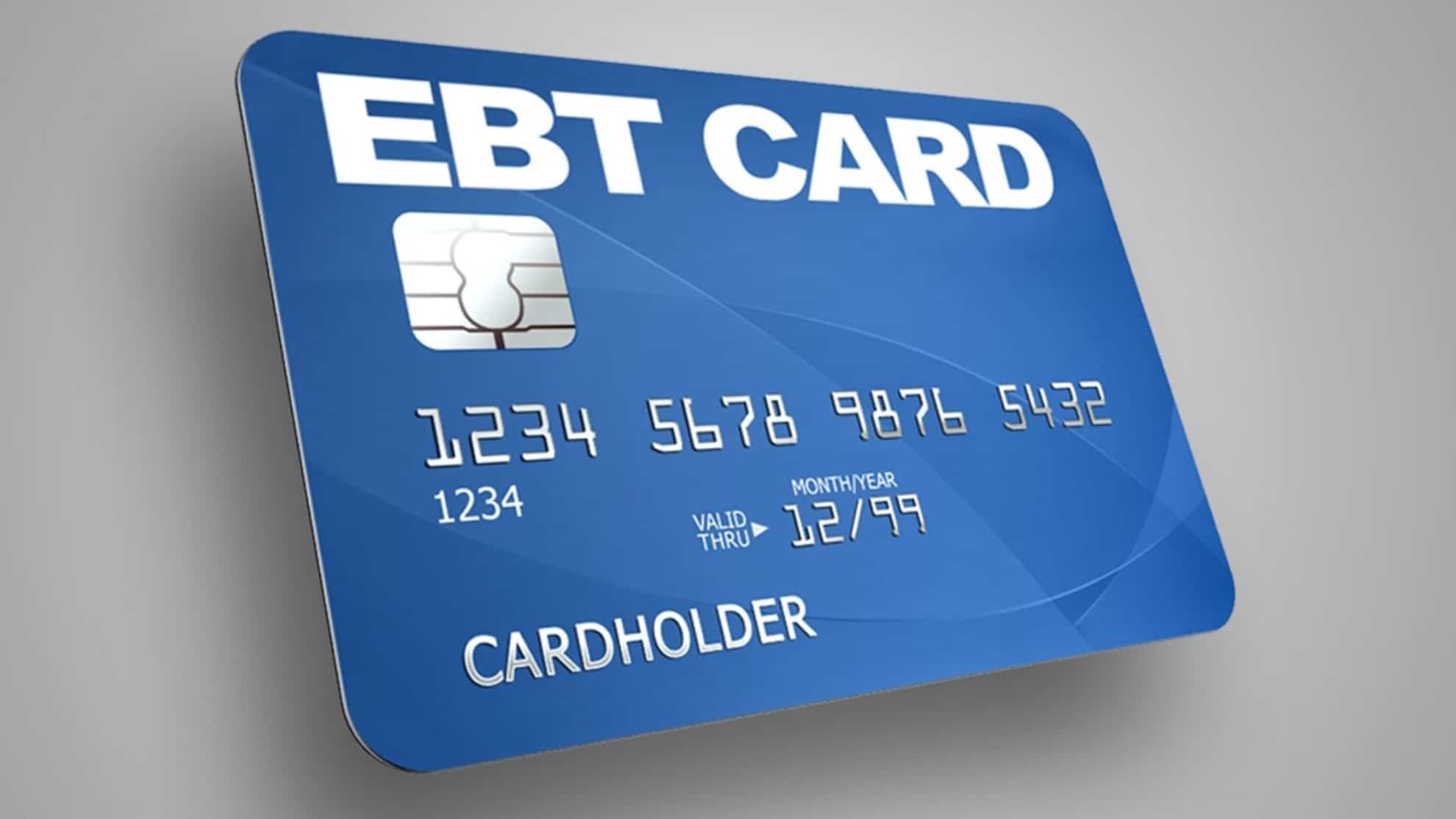As Electronic Benefits Transfer (EBT) cards have increased in recent years, many people have wondered whether transferring money from their EBT card to their bank account is possible. Unfortunately, there is no direct method to do so, as the EBT system operates separately from traditional banking systems. However, alternative methods may allow individuals to access their EBT funds in a way that meets their needs.

First, it is essential to understand how the EBT system works. EBT is a system that allows recipients of government-funded benefits, such as Supplemental Nutrition Assistance Program (SNAP) benefits or Temporary Assistance for Needy Families (TANF) benefits, to access those funds through a debit-like card. The funds are pre-loaded onto the card and can be used at authorized retailers to purchase eligible items. However, these funds are not linked to a traditional bank account and cannot be transferred directly to one.
How to Transfer EBT Cash to Bank Account?
No, you can not transfer money from EBT cash to your bank account. Because EBT cash benefits are intended to provide financial assistance for food and other necessities, they cannot be transferred directly to a bank account. In addition, allowing EBT cash benefits to be transferred to a bank account could allow the benefits to be used for non-essential purchases, which would go against the program’s intended purpose.
EBT cash benefits are designed to provide financial assistance to low-income individuals and families to help them purchase food and other necessities. The EBT system is administered by the federal government and state agencies and is intended to ensure that the benefits are used for their intended purpose.
One of the ways that the EBT system helps to ensure that benefits are used for their intended purpose is by restricting the use of EBT cards to authorized merchants who are equipped to accept them. These merchants are typically grocery stores, supermarkets, and other food retailers selling items eligible for purchase with EBT benefits.
However, as I mentioned, you can withdraw EBT cash benefits at an ATM that accepts EBT cards and then deposit the cash into your bank account. This allows you to access your benefits in a way consistent with the program’s goals while providing more flexibility in how you use your benefits.
However, there are still options for those who need to access their EBT funds for expenses beyond what can be purchased directly with the card. One option is to withdraw the funds as cash using an Automated Teller Machine (ATM). Many retailers and convenience stores allow cash withdrawals using the EBT card but be aware that fees may be associated with this service. It is also worth noting that some retailers may have a limit on how much cash can be withdrawn in a single transaction.
Another option is to use the EBT funds to purchase retailer-specific gift cards, which can then be used to make purchases later. Some retailers even offer gift cards that can be loaded directly with EBT funds. However, it is essential to note that gift cards are often subject to their restrictions and limitations, so be sure to read the terms and conditions carefully before purchasing.
If neither of these options works for your situation, it may be worth investigating whether other forms of government assistance are available to meet your needs better. For example, in some cases, agencies may be able to assist with necessities such as housing or utilities, which could free up funds for other expenses.
While there is no direct method to transfer EBT funds to a bank account, there are still ways to access these funds that may be more convenient or practical for your situation. Understanding how the EBT system works and exploring alternative options can maximize your government-funded benefits and stretch your budget further.
However, there is an alternative way to access your EBT cash benefits.
You can withdraw your EBT cash benefits at an ATM that accepts EBT cards and then deposit the cash into your bank account. To do this, follow these steps:
- Find an ATM that accepts EBT cards: You can find one that accepts EBT cards by checking your state’s EBT website or by calling the customer service number on the back of your EBT card.
- Withdraw cash: Use your EBT card to withdraw the desired amount of money from the ATM.
- Deposit cash into your bank account: Take the money to your bank and deposit it into your account.
It’s important to note that fees may be associated with using an ATM to withdraw EBT cash benefits, so you should check with your state’s EBT program for more information. Additionally, keeping track of your EBT balance is essential to avoid overdraft fees.
How to Transfer EBT Cash to a Debit Card?
You can not transfer EBT cash to a debit card because the EBT system is designed to restrict the use of benefits to authorized merchants that accept EBT cards. These merchants are typically grocery stores, supermarkets, and other food retailers selling items eligible for purchase with EBT benefits.
Allowing EBT cash benefits to be transferred to a debit card could enable the benefits to be used for non-essential purchases, which would go against the program’s intended purpose. EBT benefits are designed to provide financial assistance to low-income individuals and families to help them purchase food and other necessities.
However, you can withdraw EBT cash benefits at an ATM that accepts EBT cards and then use the cash to load a prepaid debit card. This allows you to access your benefits in a way consistent with the program’s goals while giving you more flexibility in how you use your benefits.
It’s important to note that fees may be associated with using a prepaid debit card, so you should check with the card issuer for more information. Additionally, keeping track of your EBT balance is essential to avoid overdraft fees.
